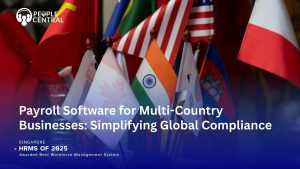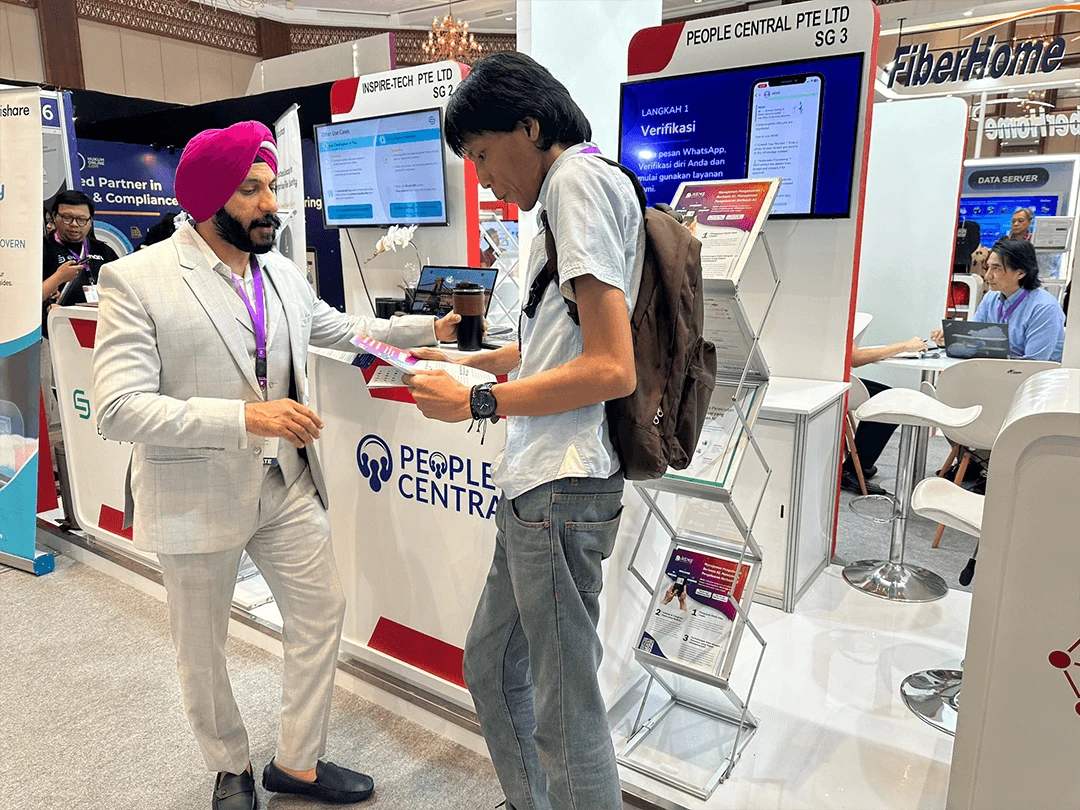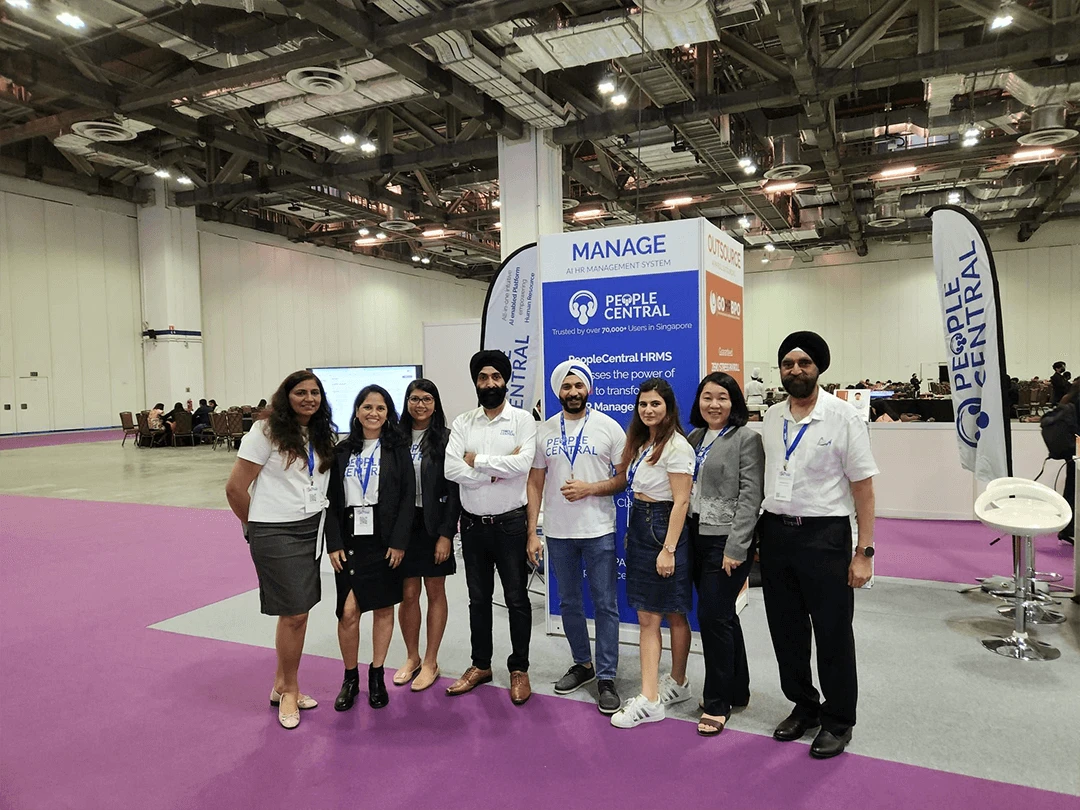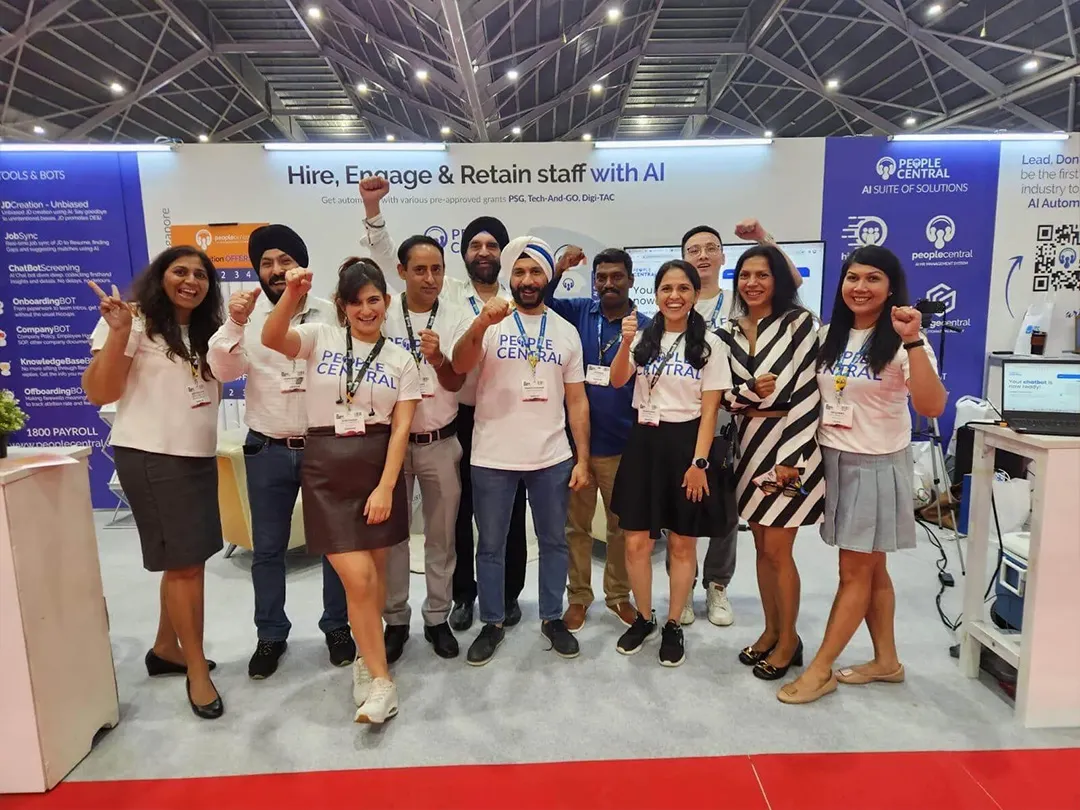Introduction
When I think about the times when we used to manually handle all the HR work, I realise every time how much hard work and patience this work required, because things in the HR team can always get messy.
There were manual spreadsheets, endless email threads for leave approvals, then, there was trying to keep track of payroll dates, and onboarding new folks with a checklist stuck in a Word doc. It was a lot.
The more I think about all of this, the more I feel grateful for an HRIS. I think it truly changed the game for us. Now, everything is in one place. We don’t need to check the inboxes all the time and also we no longer need to chase people for approvals.
I think now with an HRIS the HR team finally has control and clarity. You know what I think, the best part is? It has not just made life easier for HR, employees get the benefits too.
They can apply for leave, check their payslips, and complete several tasks without constantly dropping a mail to HR.
I think this whole experience is smoother, faster, and more professional. Once you see how much time and energy an HRIS can save, you will wonder how you ever managed without it.
So in this post, I want to share 10 solid reasons why using an HRIS can be a total game-changer for your organization.
All Your Employee Data in One Place
One thing I feel and notice about switching to an HRIS is that it becomes so much easier to find stuff. Before, we had employee info all over the place, some in spreadsheets, some in email threads, and some in folders that only one person could access. Total chaos.
But with an HRIS, everything’s in one place. Contracts, performance reviews, leave balances, you name it. It’s like having a single source of truth.
Also Read: Trends in Performance Appraisal 2025: AI, Feedback & HR Innovations
Time and Cost Savings Through Automation
You know how some HR tasks just eat up your whole day? Leave approvals, tracking who’s in and out, payroll runs, chasing people for documents, and so much more.
That’s actually one of the biggest reasons there is so much need for HRIS. It just takes all that repetitive stuff off your plate. Everything is automated- leave requests, attendance logs, payslips, reminders for document uploads, you name it.
I came across a study from Capterra last year that said companies using HR automation save about 8 hours a week for each HR team member. And honestly, it makes sense.
Once you start using a good HRIS, your team can really get some more time so that they can focus on important stuff, which is managing the employees and planning for the future.
Stay Compliant with Labor and Tax Laws
Let me tell you, staying compliant, especially in places like Singapore, is no joke. Between CPF contributions, IRAS filings, and MOM regulations, there’s always something new to stay on top of.
That’s where having an HRIS really helps. It keeps track of all those regulatory updates, automates things like CPF contributions, and stores everything securely in one place. So you don’t need to find some forms or worry about that; you might have missed a deadline.
And if you’re in a regulated industry or a country with strict labor laws, this kind of setup isn’t just helpful, it’s essential. It can save you from major fines and a whole lot of unnecessary stress.
Make Better Decisions with Real-Time Reports
You know, one thing I’ve really come to appreciate about using a modern HRIS is how it doesn’t just sit there holding employee info; it actually helps you do something with it.
Like, you can now pull up real-time dashboards showing things like turnover rates, salary benchmarks, or how our headcount has changed over time. It’s all right there.
And the best part? It helps you make smarter decisions. If you see that more people are resigning in one department, you can actually do something about it. Or if you are planning to hire, you can use those insights and make sure the recruitment is problem-free. It’s honestly like having a data-savvy HR partner on your team.
Hire and Onboard Faster
You know what’s made hiring and onboarding so much smoother? Having your HRIS connected to an Applicant Tracking System. It’s such a game-changer.
The moment someone’s hired, everything just flows; there is no duplicate data entry, no back-and-forth emails. New hires get a digital onboarding checklist, sign their contracts online, and even get to “meet” their teams virtually before day one. It takes so much friction out of the process.
I was talking to someone at a logistics company here in Singapore, they told me they went from taking a whole week to onboard someone down to just two days, all because their HRIS and onboarding tools were properly integrated.
Empower Employees with Self-Service
You know what’s made a noticeable difference in how smoothly things run? Self-service portals in HRIS.
Employees can just log in and do things themselves, update their phone number, apply for leave, download their payslips, or check company policies without the need to send multiple emails to HR for every little thing.
It sounds simple, but honestly, with this, people feel more in control, and HR doesn’t get drowned in routine admin. It frees up time for everyone to focus on more important stuff.
Improve Performance Reviews and Feedback
Another amazing thing about using an HRIS, I think, is how it makes performance management easier. These HRIS software have tools that let you manage your work. The way you want.
You can set goals, review performances, and even get feedback from team members. This way, everything stays organised and helps managers and employees stay on track.
I’ve seen the difference myself. Now with an HRIS, working for you, managers and employees can see how things are going and also adjust their goals along the way. I think it is much better than those once a year review meetings that feel awkward and rushed.
In fact, Gallup found that teams that regularly set goals and receive structured feedback are about 20% more productive. And honestly, that tracks with what I’ve seen- people feel more motivated when they know where they’re heading and how they’re doing.
Stronger Security for Sensitive Data
You know how sensitive employee data can be. things like salary, bank info, or even medical records. That’s why one of the things I really appreciate about modern HRIS platforms is the level of security they offer.
Most of the good ones are cloud-based and come with strong protections like encryption, multi-factor authentication, and role-based access. So only the right people can view or edit certain data.
And with so many of us working remotely or in hybrid setups these days, it is essential. You don’t want sensitive HR data floating around on unsecured devices. A reliable HRIS makes sure everything stays protected, no matter where your team is logging in from.
Scales With Your Business
Here’s something I’ve learned firsthand- whether you’re just starting out with a small team or you’re managing a workforce in the hundreds, a solid HRIS grows with you.
You don’t need to rebuild your entire HR system every time your company grows. Most HRIS platforms today are built to grow with your business. You don’t have to start with everything all at once.
You can begin with just the basics, like payroll or leave tracking, and then add more features over time, like training, compliance, or benefits. It’s super flexible, so you only pay for and use what you actually need, when you need it. Makes scaling a lot easier.
Boosts Employee Engagement and Workplace Culture
One thing people don’t talk about enough is how much an HRIS can actually boost employee engagement and improve the overall vibe at work.
Like, when your team feels heard, informed, and in control and it really lifts the mood. Morale goes up, and people feel like they actually matter.
Some of these HRIS tools even come with things like pulse surveys, recognition features, or little learning modules. So HR isn’t just doing admin; they’re actually checking in with the team, spotting burnout early, or seeing what people need to grow.
And I’ve seen it firsthand, when people feel their feedback is being taken seriously and when they see changes being made based on their input, they get more involved. They care more. A good HRIS kind of becomes this silent connector between the company and its people. It’s not just about efficiency, it’s about creating a better workplace too.
Also Read: Payslip Singapore 2025: MoM Compliance, Key Components, and Legal Requirements
Why PeopleCentral Is a Top HRIS Choice for Southeast Asia
If you’re operating out of Singapore or anywhere in Southeast Asia, let me tell you, PeopleCentral is one HRIS platform that really stands out.
I have seen it used by everyone from big names like DHL and Bandai Namco to fast-growing regional startups. What’s great is that it’s not just a generic system; it’s actually built with local compliance in mind.
It automatically handles CPF calculations, generates IRAS-compliant payslips, and even lets employees check in through their phones. Super handy for teams on the go.
And if you’re running payroll across different countries, no worries, PeopleCentral supports multi-country payroll, links with GIRO and PayNow, and even flags anomalies before they become issues.
Conclusion
Honestly, I’ll tell you this- an HRIS isn’t just some other software. It’s a game-changer. It helps take a huge load off your HR team’s shoulders and actually makes life easier for your employees.
So, if you’re looking to modernize your HR processes, I’d seriously say, start with a good HRIS. It makes a bigger difference than you might think.








 5
5


























